Thread Spool Tip
Do you know which type of thread spool pin on your sewing machine to use with different spools of thread?
Most spools of thread are wound one of two ways, cross-wound or stacked. The thread will come off of each type of spool differently. These tips can help if your sewing machine has both vertical and horizontal spool pins.
The red and blue spools on the left in the picture above are cross-wound spools. The thread has been wound on the spool in a criss-cross way, resulting in a pattern of “X’s” on the spool. The green and gold spools on the right in the picture above are stacked. The thread has been wound on the spool to stack one row above the other, resulting in a pattern of straight lines on the spool.
Cross-wound spools work best on a horizontal spool pin to allow the thread to evenly feed off of the spool. The thread should come off the top of the spool. Use the spool along with a foam pad and spool cap to help keep the thread from wrapping around the pin.
Stacked spools work best on a vertical spool pin to allow the thread to evenly feed off of the spool. Use the spool along with a foam pad to help keep the thread from wrapping around the pin.
Watch this quick video to see how!
What you might also like
27 comments on “Thread Spool Tip”
-
-
Hello susan26, we’ve updated the video in the post, can you give viewing the video one more try?
-
-
Good info. What is the best way to use these spools on the 830/880 machines?
-
Hello clscanlon, the 8 Series machines (including the B 820, B 830 and B 880) have an entirely different setup for thread spools. You will use the three spool pins on your machine and check in your manual to find out which spool pin is best to use when. You might want to check in with your BERNINA Dealer if there is one particular thread that you want to use and are not getting the best results with.
-
Actually there is no horizontal spool pin and it will always be a design flaw in these machines.
-
There is a horizontal pin available for the 8 series machines, for a few dollars. There is also the metal guide from the extra kit which has a small hole to thread the thread through for stack wound spools. The thread tree on the machine prevents most issues. I consider this a design feature and love it. I believe this kit comes standard for new 8 series machines.
-
The 830 uses the vertical pins for both types of feed. Top-feed is obvious, but side-feed is there also. There is a fantastic little eyelet that allows you to side-feed the stacked type spools from the vertical pins. Put the stacked type spool on the rear pin, then feed the thread thru the little eyelet, then up to the top guides as usual. Works great. It is on p.21 of my manual (830LE), under the heading “Thread Guide.” I think mine has a misprint, because some of the info is jumbled in with some other info about the thread guide/lubricator accessory, but the picture shows you where the eyelet is. You will figure it out quick sitting in front of your machine!
-
Hello suegrap, the 8 Series machines do have a different thread stand system than other models like the one we show in our tip. The 8 Series thread stand optimally releases thread from the spool at the high speeds of 1200 stitches per minute this model is capable of stitching. The thread stand accommodates both stacked and cross-wound spools. It’s not uncommon to make machine adjustments to thread tension or sewing speed with the wide variety of threads on the market today, especially if top and bobbin threads are different weights. Invisible threads can be more delicate and may benefit from slowing down your sewing speed and decreasing thread tension. Metallic threads incorporate pieces of metal and can be delicate and have a tight twist memory (may not want to unwind flat from the spool), and these types of threads may benefit by setting the spool to the side of the machine to let the thread have a longer runway to unwind and relax from the spool. When using this technique, set the thread spool next to the thread stand to ensure it can unwind from the spool easily, and use the guide on the thread stand used for bobbin winding to continue with the normal thread path. We hope these tips help you to use different types of thread with your 8 Series machine, and please get in touch with your local BERNINA store for additional assistance.
-
-
-
Great question cscanlon2012! Here’s some information about thread spools and the 8 Series machines. The 8 Series machines do have a different thread stand system than other models like the one we show in our tip. The 8 Series thread stand optimally releases thread from the spool at the high speeds of 1200 stitches per minute this model is capable of stitching. The thread stand accommodates both stacked and cross-wound spools. It’s not uncommon to make machine adjustments to thread tension or sewing speed with the wide variety of threads on the market today, especially if top and bobbin threads are different weights. Invisible threads can be more delicate and may benefit from slowing down your sewing speed and decreasing thread tension. Metallic threads incorporate pieces of metal and can be delicate and have a tight twist memory (may not want to unwind flat from the spool), and these types of threads may benefit by setting the spool to the side of the machine to let the thread have a longer runway to unwind and relax from the spool. When using this technique, set the thread spool next to the thread stand to ensure it can unwind from the spool easily, and use the guide on the thread stand used for bobbin winding to continue with the normal thread path. We hope these tips help you to use different types of thread with your 8 Series machine, and please get in touch with your local BERNINA store for additional assistance.
-
-
How is this any help for my 830LE?
-
Hello lshea09, the 8 Series machines (including the B 820, B 830 and B 880) do have a different setup for thread spools. You will use the three spool pins on your machine and check in your manual to find out which spool pin is best to use when. You might want to check in with your BERNINA Dealer if there is one particular thread that you want to use and are not getting the best results with.
-
You have the same machine as I do….look at p. 21 of manual, bottom photo. The manual calls it radial thread unwinding. Just use the little eyelet on the plastic divider in the thread stand. It will provide perfect horizontal unwinding from a stacked (radial wound) spool. It’s great!
-
Hello Ishea09, here are some tips and information about the thread spool holders for your B 830 LE. The 8 Series machines do have a different thread stand system than other models like the one we show in our tip. The 8 Series thread stand optimally releases thread from the spool at the high speeds of 1200 stitches per minute this model is capable of stitching. The thread stand accommodates both stacked and cross-wound spools. It’s not uncommon to make machine adjustments to thread tension or sewing speed with the wide variety of threads on the market today, especially if top and bobbin threads are different weights. Invisible threads can be more delicate and may benefit from slowing down your sewing speed and decreasing thread tension. Metallic threads incorporate pieces of metal and can be delicate and have a tight twist memory (may not want to unwind flat from the spool), and these types of threads may benefit by setting the spool to the side of the machine to let the thread have a longer runway to unwind and relax from the spool. When using this technique, set the thread spool next to the thread stand to ensure it can unwind from the spool easily, and use the guide on the thread stand used for bobbin winding to continue with the normal thread path. We hope these tips help you to use different types of thread with your 8 Series machine, and please get in touch with your local BERNINA store for additional assistance.
-
-
It would be helpful and interesting to add the reason for each choice. It would help me to remember which is which if I understood the reason.
-
Hello breurkrause, the threds will unwind off the spools differently depending on if they are cross-wound or stacked. I’ve added a bit more of a description about this in the tip post.
-
-
I have a Mac. Is that why I am not seeing the link to the video?
-
Hello 1dwarf2, we’ve updated the video within the post, can you give the video another try to see if you can view it?
-
-
This is an important tip, thanks for the reminder!
-
Thanx for the info. i never knew this.
-
Hmmm, I was at a demo for a thread company and they said the opposite. Crosswound = vertical, stacked = horizontal. Strange….but doesn’t really matter either way because the big cones can really only be used vertically lol.
-
The thread company is correct.
The whole point is so that the thread can come off the reel/cone without introducing extra twist into the thread and SLIGHTLY increasing the risk of tangling, or a difference in tension.
Really it makes so little difference that here are so many people doing it the wrong way and no one can even tell. If it realy made any difference, everyone would know that one way does not work.
Cone threads have to be wound in in a diamond shape, so that each coil grips many others, or all the coils would simply fall off. So as you say, they can only be used vertically anyway.
Parallel-wound coils can only be only be on a spool.
So why does it not really make any difference? It is all about getting even tension really. On a spool, as the thread is pulled into the machine, the spool gets jerked round. Try sewing a few stitches without the foam, and watch the spool continue to spin and tangle round the spool pin. So in the instant the spool is being jerked, there is very high tension in the thread, and you get a tight stitch. Then there is excess thread and no tension in the thread. The correct tension has to be maintained by the tension discs inside the machine. That over-tight stitch will slowly take some thread from the slacker stitch(s) before and after it, so it will all even out with moving anyway.
When the thread is pulled over one end of the holder, such as a vertical cone, one extra twist is added to the thread. What difference does this make? Take one coil from a new cone, and you will find probably over 100 twists in it. So one extra twist is less than 1% difference. I.E. negligible. Closer to the end of the cone of thread, a coil is a lot shorter, and there are likely to be only 30 or so twists. So the extra twist is more like a 3% difference. Still not enough to make a real difference, but more than at the start of a new cone. Manufacturers are aware of this, so they don’t twist the thread quite as much, so the extra one per coil introduced as you sew, remains negligible throughout. Incidentally this is why cones have a much bigger center than a spool. If a cone had a very narrow center like a spool, there would be such a short bit of thread per coil, that there would be less than 10 twists per coil, so that extra twist introduced would make more than a 10% difference, which is certainly not negligible and would cause all sorts of tangling problems.
Industrial machines sew much faster than domestic machines and yet they all use vertical cones for a good reason – They are a lot less likely to tangle and have smoother tension than trying to occcasionally jerk round a whole spool of (relatively) heavy thread.
None of this matters that much with cheap thread, where the number of twists might not be right to begin with. This is just one reason why it is important to use a fairly good quality thread for sewing. Use a cheaper one, and you will have lots of tangles unless you are incredibly lucky. For ordinary sewing (not embroidery), I generally find polyester thread costing $7-12 for 10,000m (11,000 yards) is OK. You might prefer to use better quality, as if you are an experienced sewer, you will notice it will run through the machine a little smoother. That is the diffence between commercial sewing and being able to sew for pleasure.
-
-
I love your site and the information is so helpful. Learned something with the different thread spool tip. Thanks.
-
I have a Record 830 which does not have a horizontal pin. I think there were not very many cross wound threads in 1980 when I bought that machine. Is there an attachment that can be used on the Old 830?
-
Hi Cheryl, I’d certainly suggest visiting your BERNINA store and asking about alternatives for your previous generation BERNINA 830 and using cross-wound threads. There are several standing thread holders you could use, and I bet your BERNINA store staff will be able to recommend one that will work wonders with your machine. Happy stitching! – Erika
-
-
I went to a Bernina video class at my dealer’s last week and the question about spool pins came up. I already knew about this from previous videos, but did you use the right spool cap for the little spool? I always use a smaller one than you did. I also use the vertical spool holder when I sew with invisible thread. Nice to know about metallic threads.
-
Can you use the Metal/Silky thread guide on the Bernina 790Plus?
-
Does it matter which direction the white spool cap is facing? I always put mine so that the wider end of it is butting against the spool, but you show it the opposite way, with the narrow end butting against the spool. If it does matter, can you say why?
Leave a Reply
You must be logged in to post a comment.
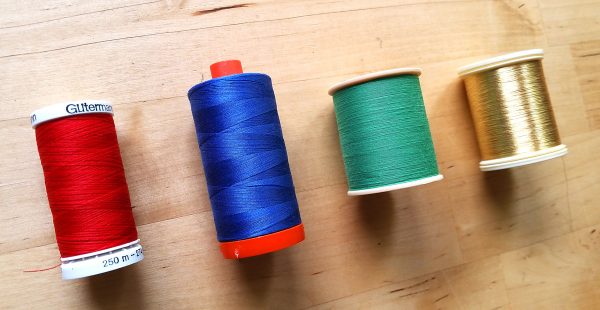



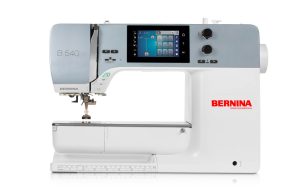
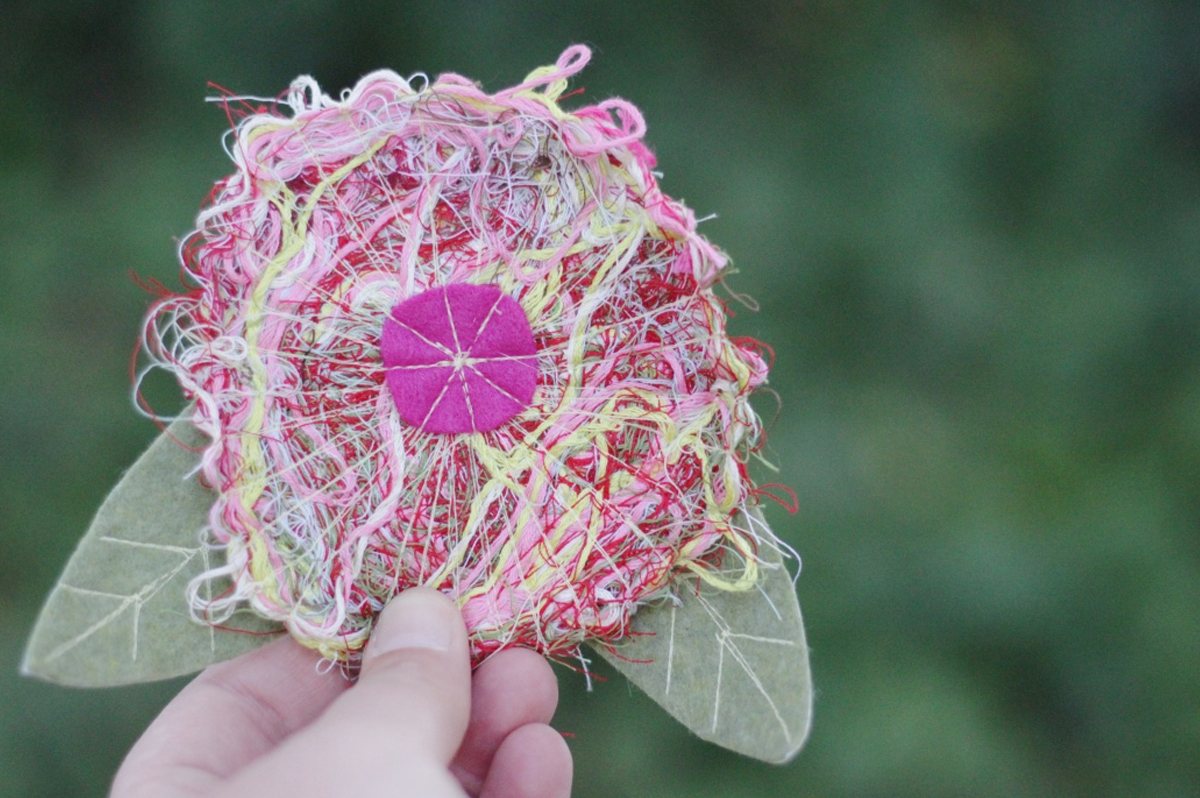
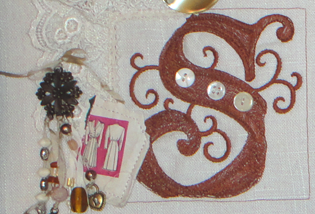
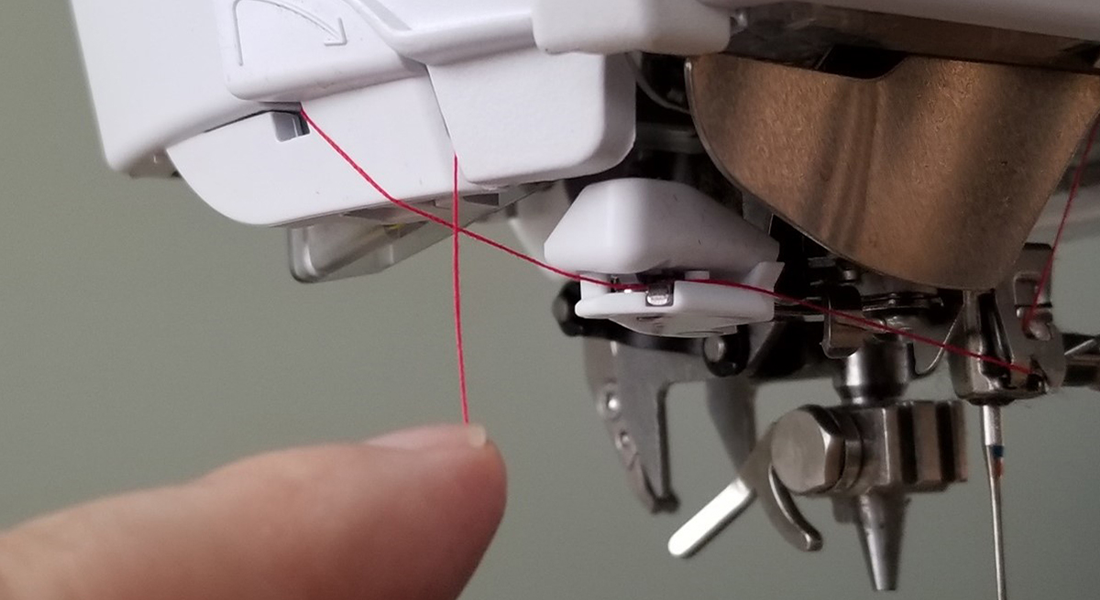
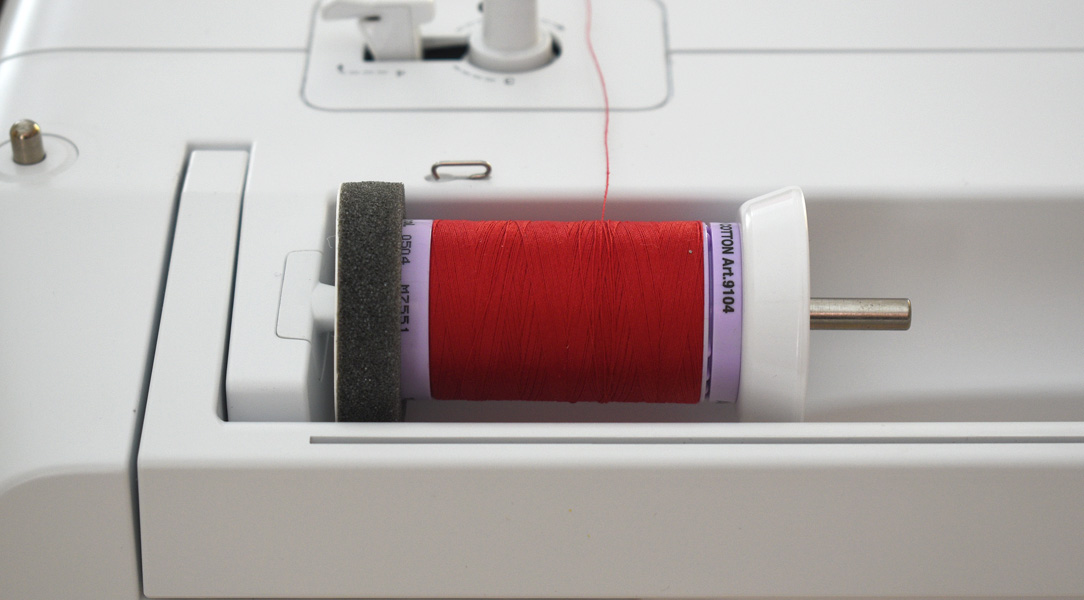
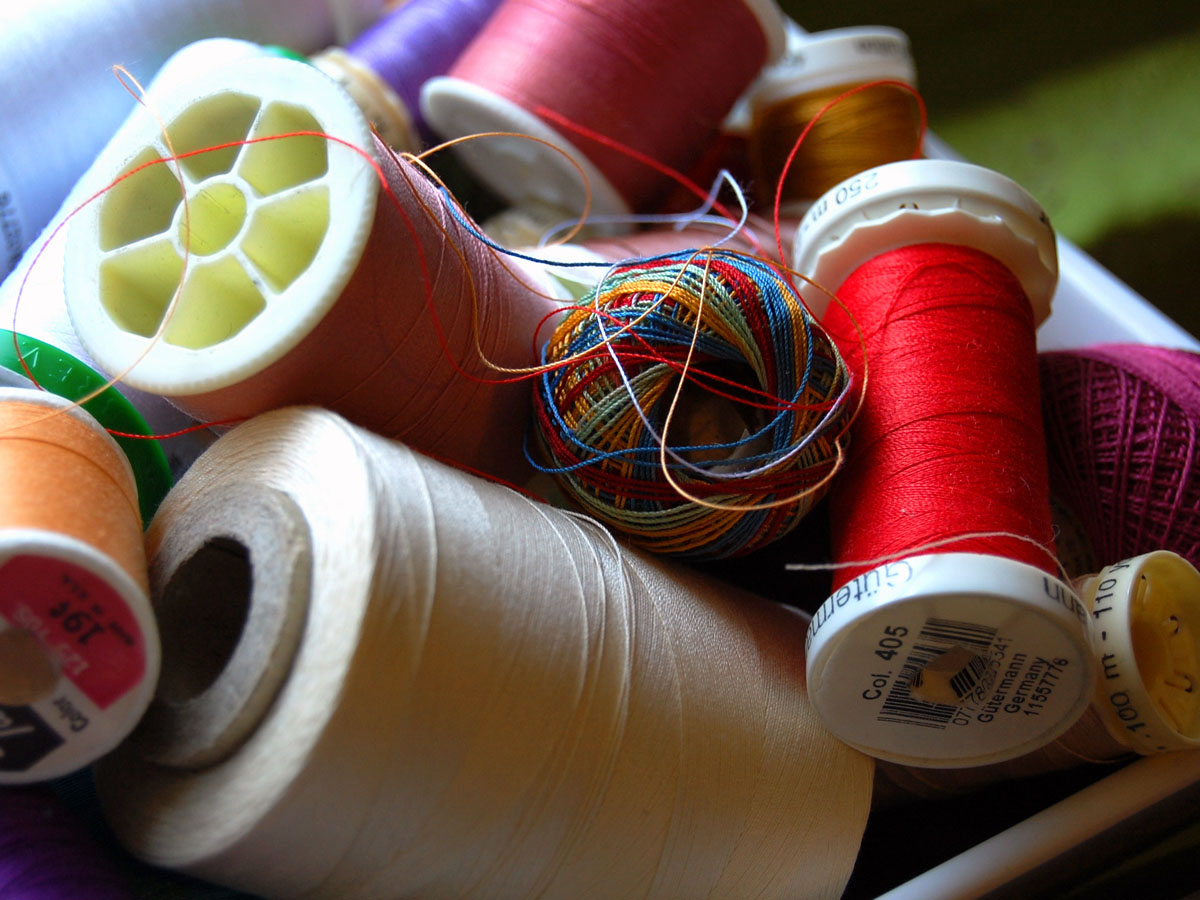
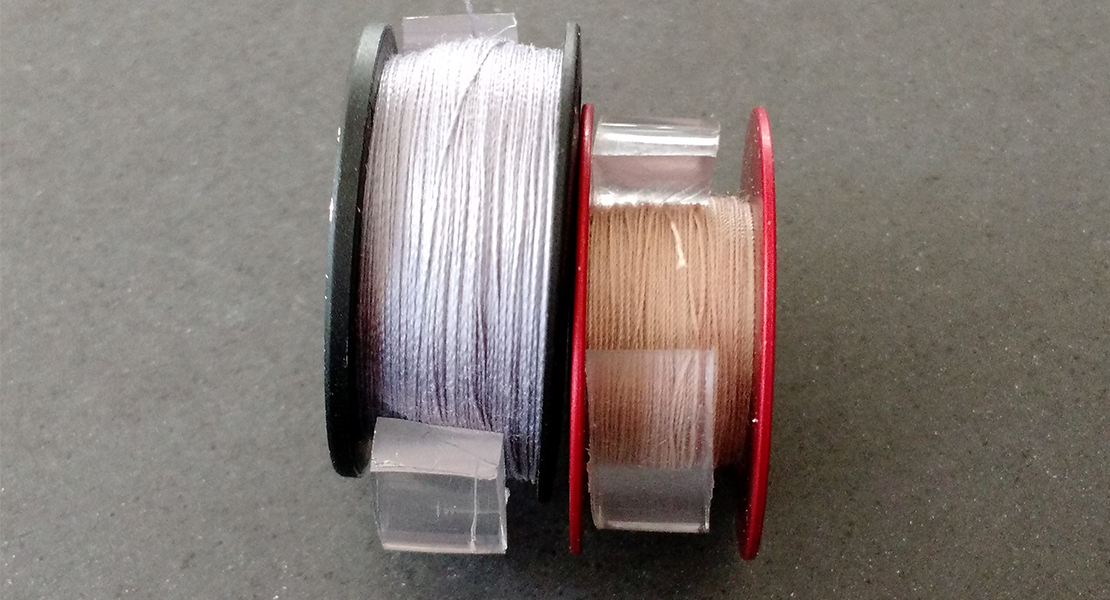

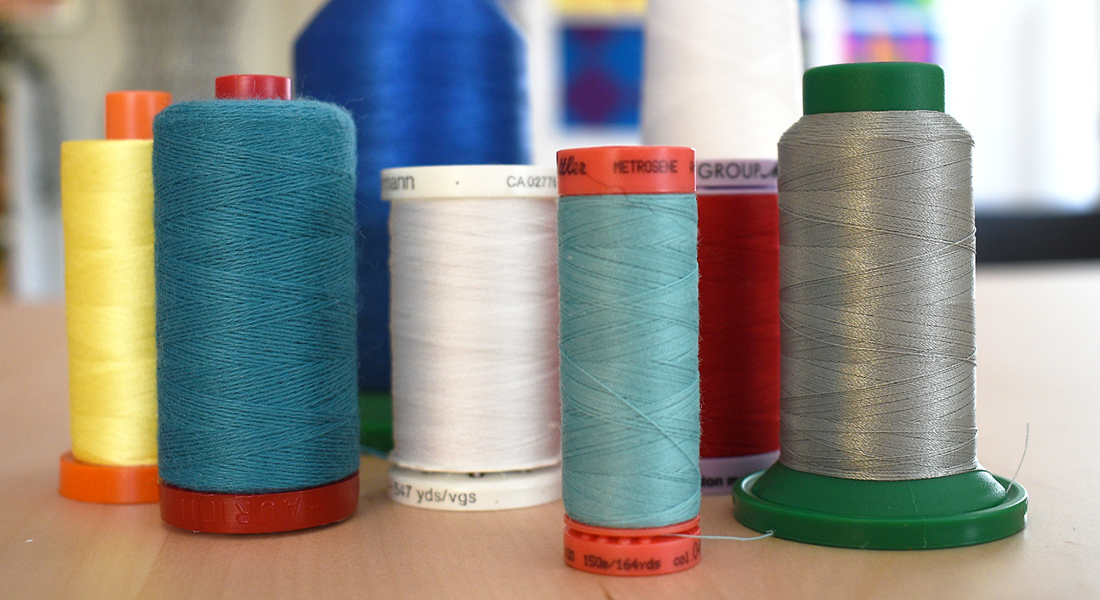
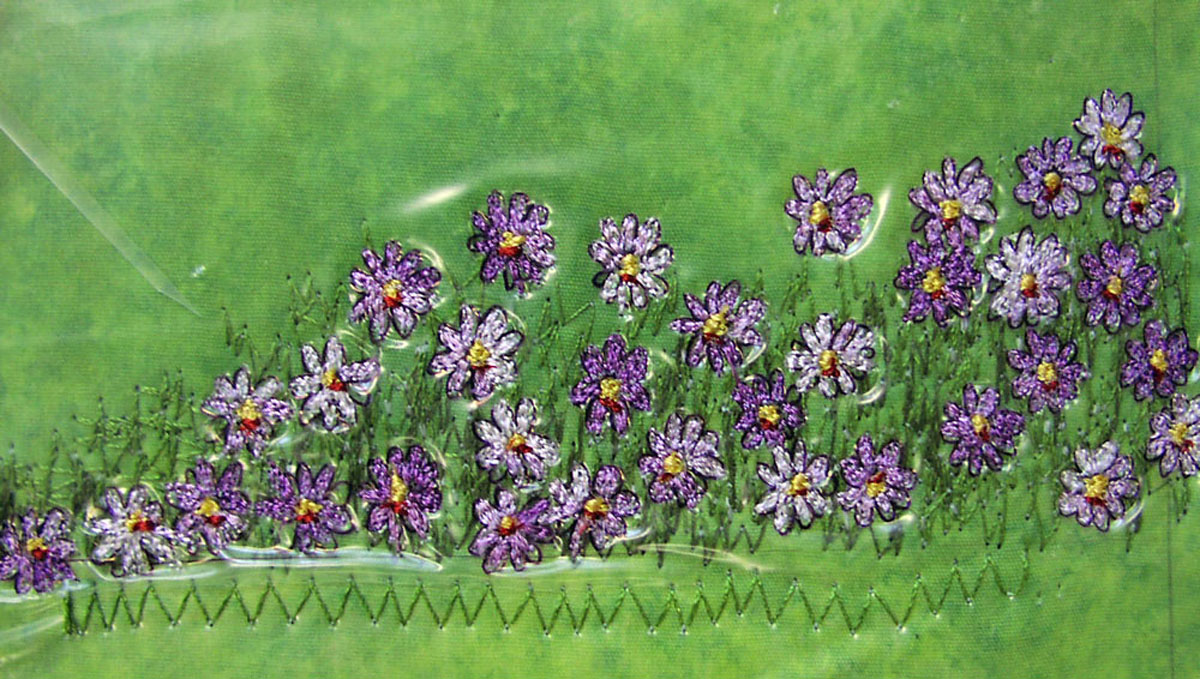
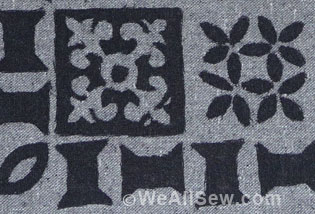
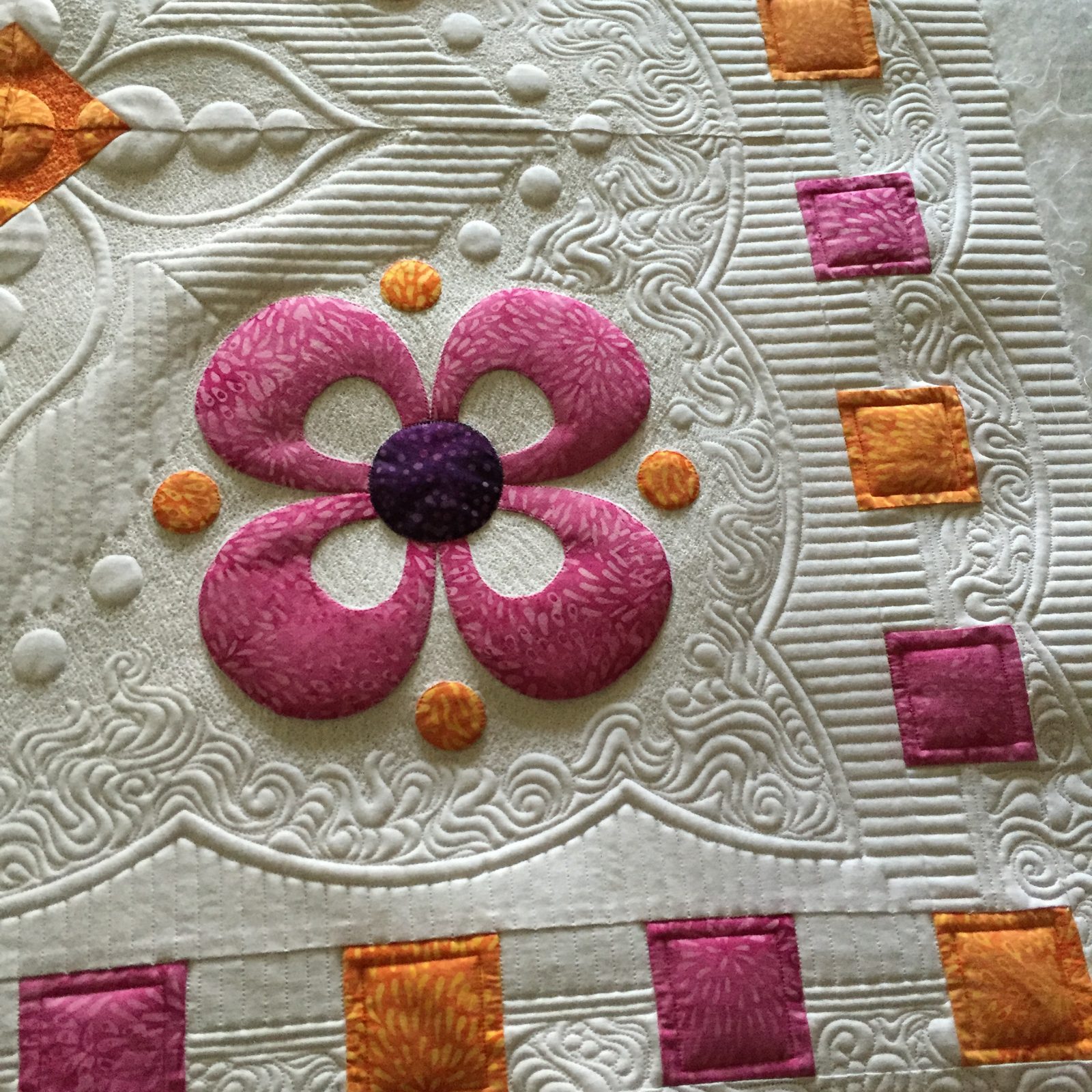
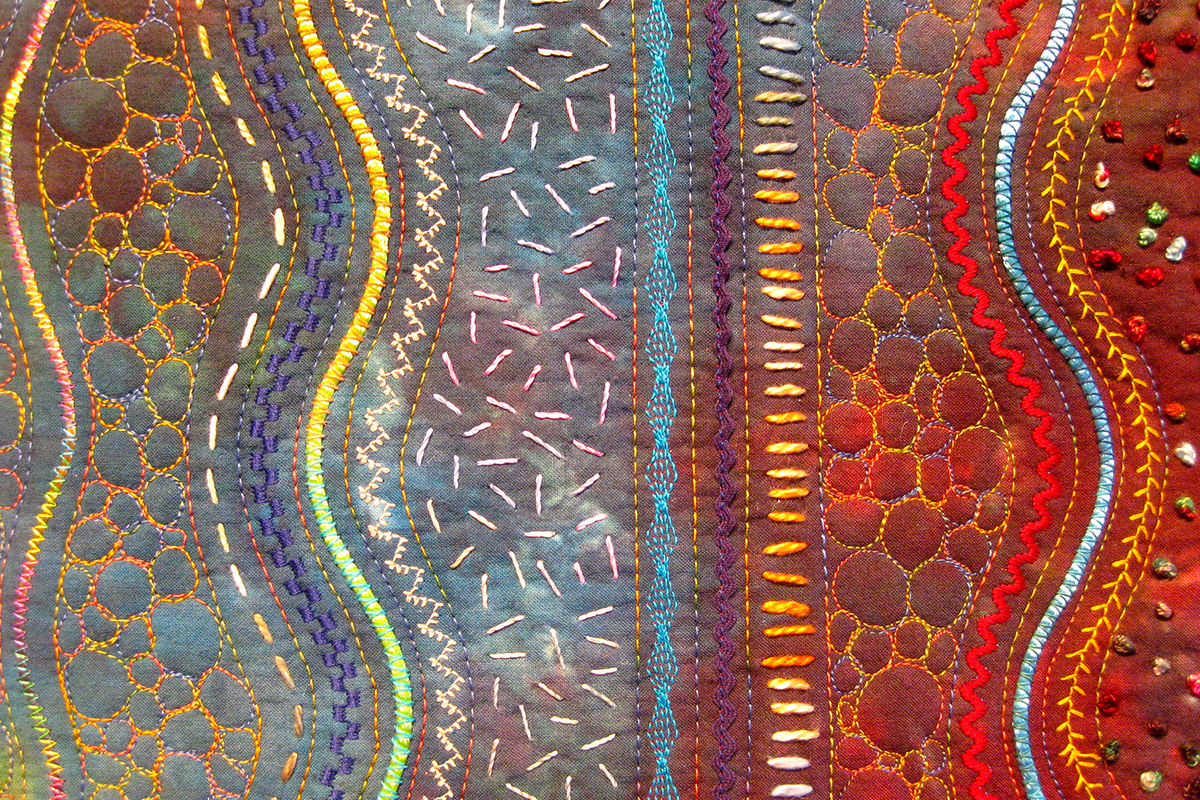
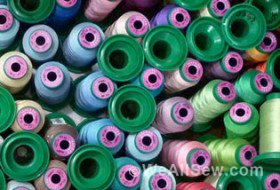
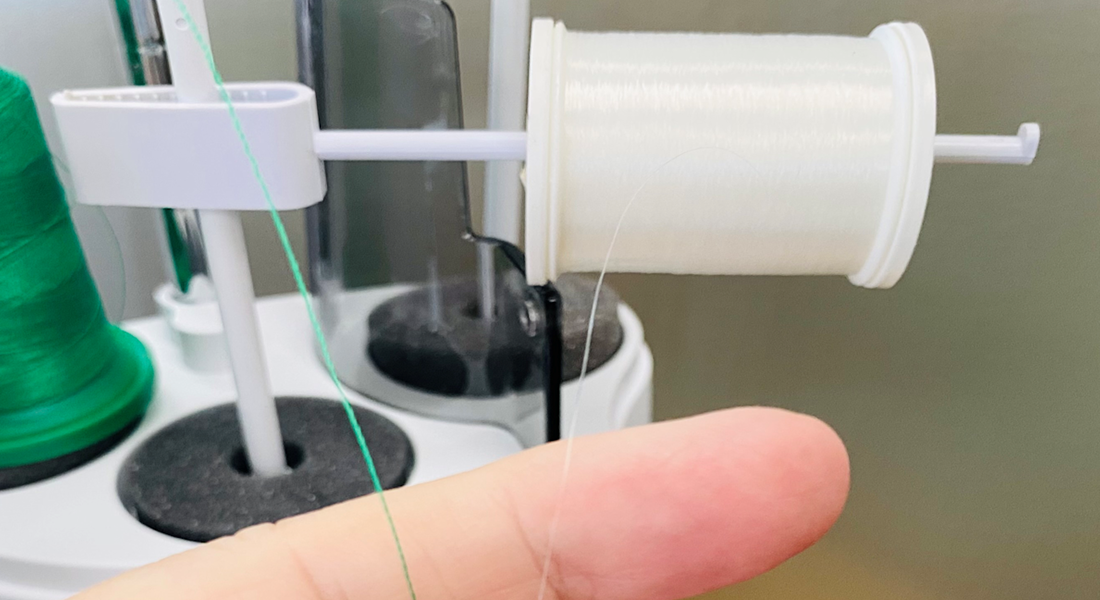
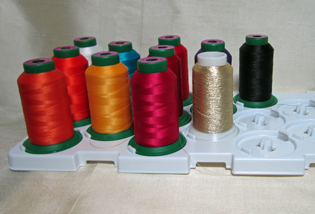
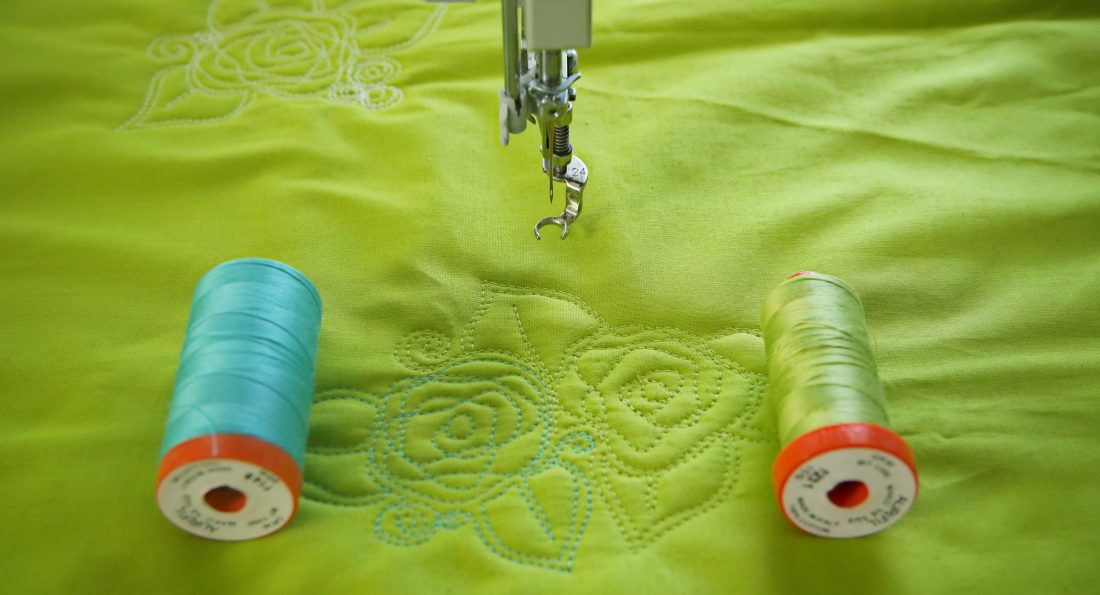
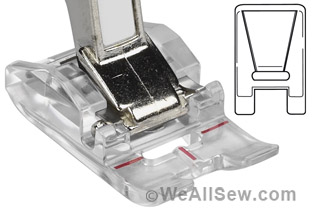
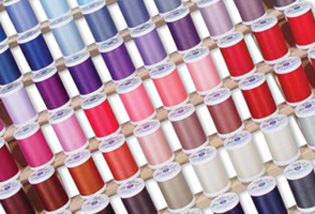

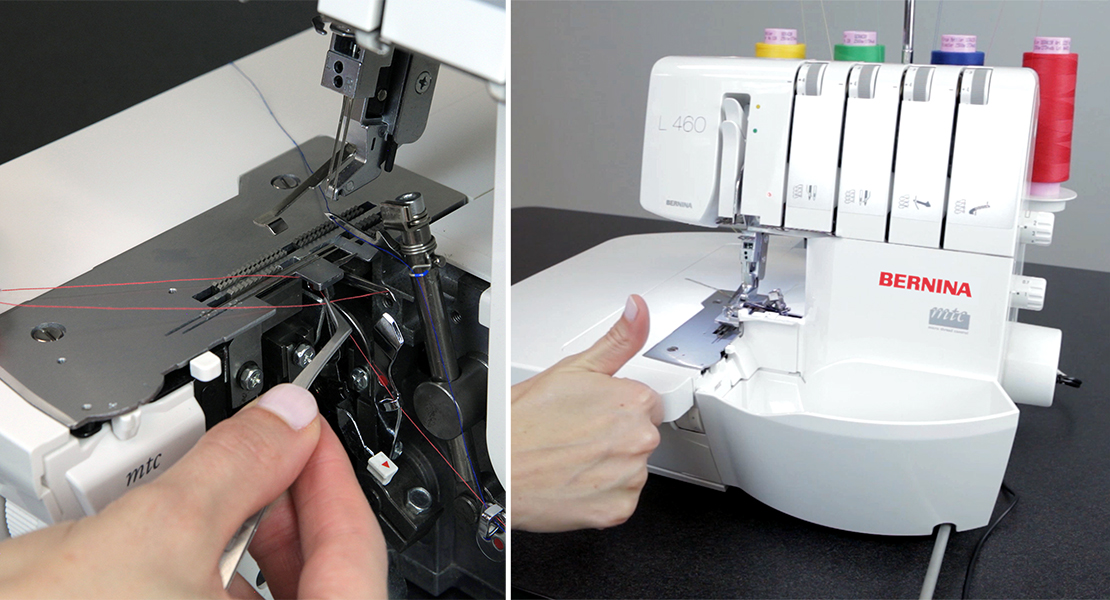

We are unable to view video assessment do not have that account